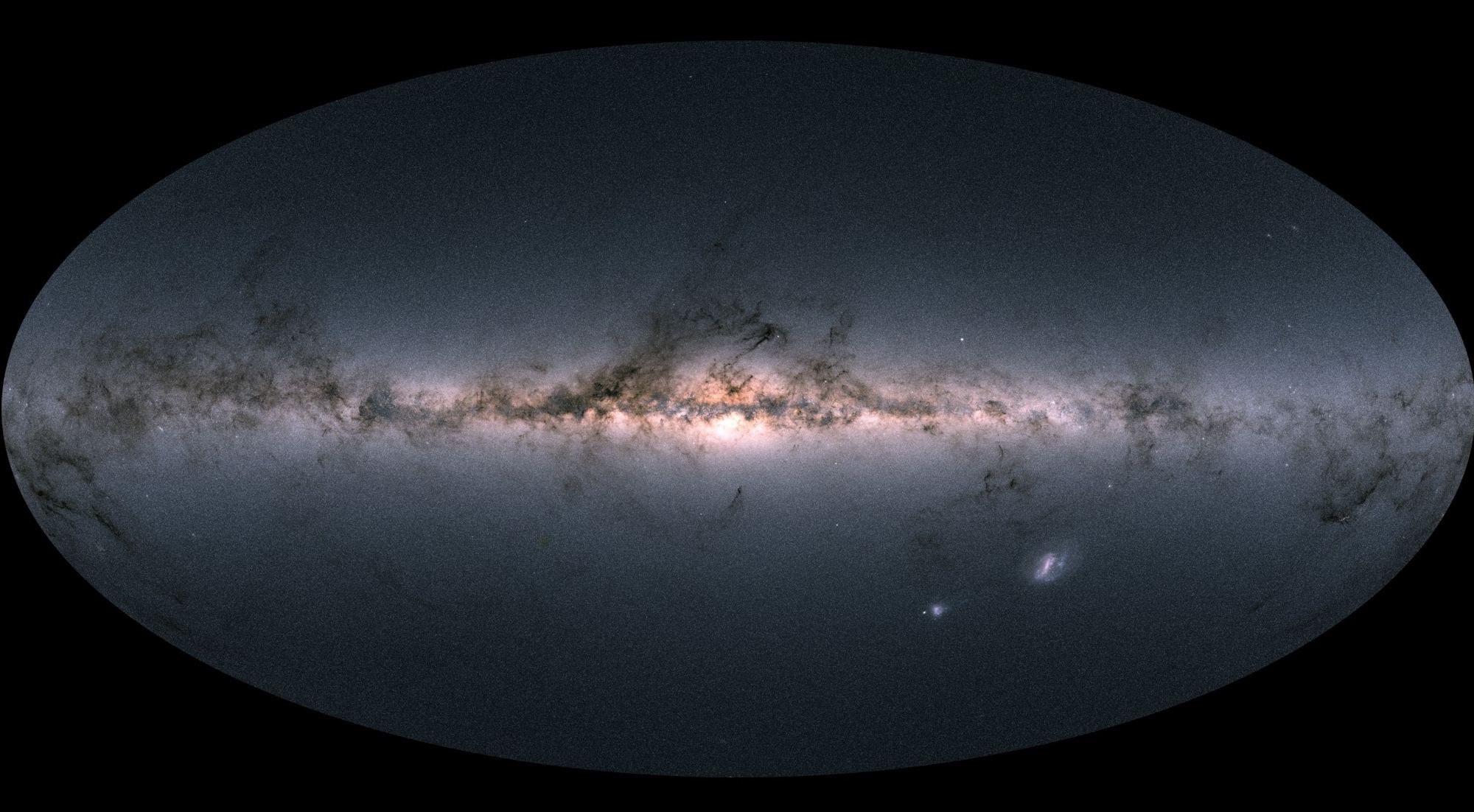Since the beginning of the Digital Age (ca. the 1970s), theoretical physicists have speculated about the possible connection between information and the physical Universe. Considering that all matter is made up of information that describes the state of a quantum system (aka. quantum information), and genetic information is coded in our DNA, it’s not farfetched at all to think that physical reality can be expressed in terms of data.
This has led to many thought experiments and paradoxes, where researchers have attempted to estimate the information capacity of the cosmos. In a recent study, Dr. Melvin M. Vopson – a Mathematician and Senior Lecturer at Portsmouth University – offered new estimates of how much information is encoded in all the baryonic matter (aka. ordinary or “luminous” matter) in the Universe.
Continue reading “There are 6×10^80 Bits of Information in the Observable Universe”


